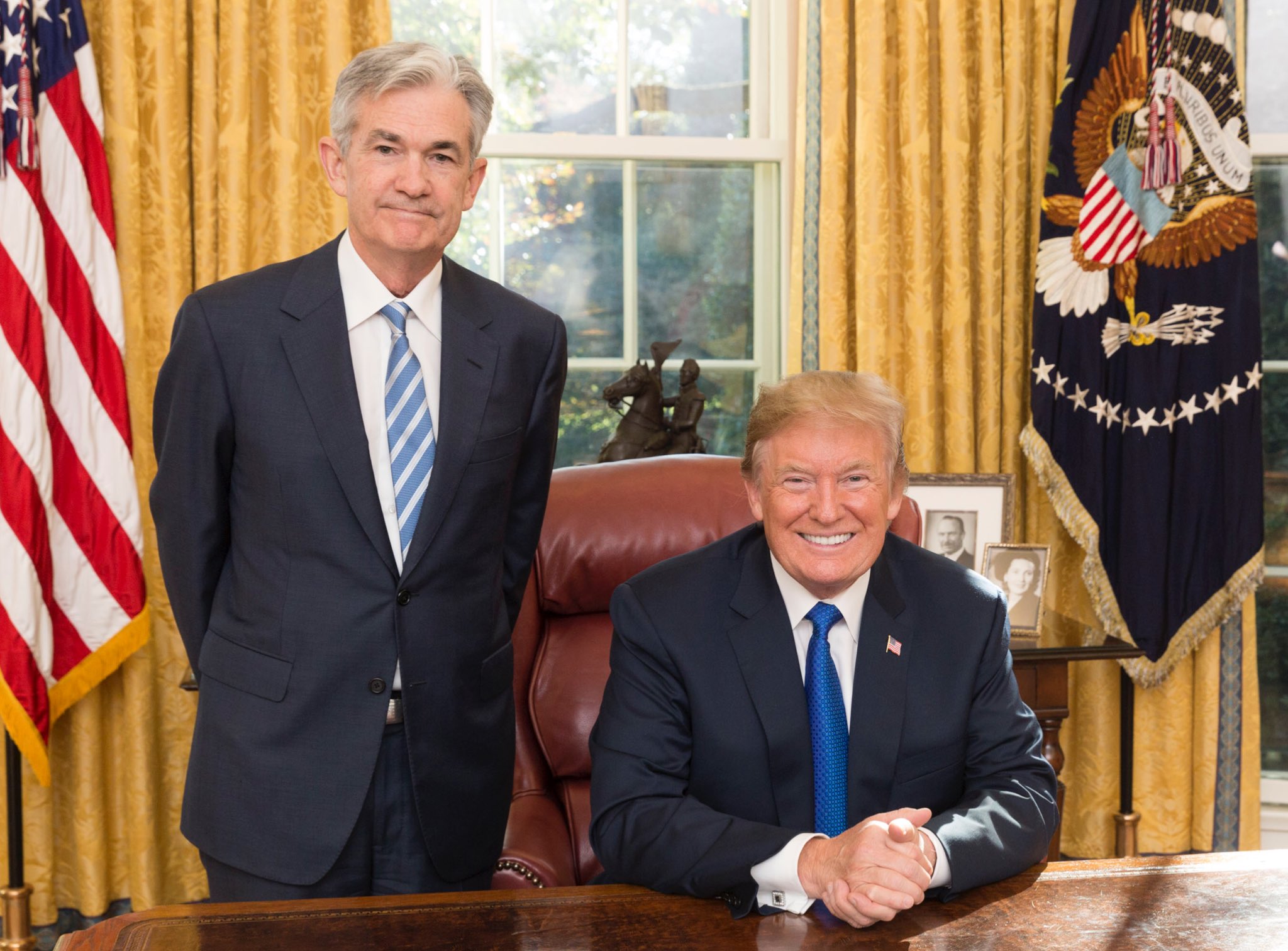In the latest twist of financial maneuvering, December saw a surge in investor interest in zero-coupon U.S. Treasury bonds (TLT), marking a record creation of $13.4 billion in a single month. This scramble for zero-coupon Treasuries, known as Strips, is a clear indicator of the market's reaction to fluctuating interest rates and the robust performance of equities last year. As yields on long-term bonds reached highs not seen in over a decade, investors, particularly from pension funds, sought to lock in higher yields, leading to this historic shift towards zero-coupon bonds.
The mechanics of zero-coupon bonds are quite distinct. They are formed by stripping the coupons and principal of existing Treasury bonds and selling them as separate securities. This process allows investors to purchase these bonds at a discount to face value, with the bond maturing at par. The appeal of these instruments lies in their sensitivity to interest rate changes and the lack of reinvestment risk, making them particularly attractive in a declining yield environment, as has been anticipated by some market participants.
Market Overview:
-December witnessed a record surge in Zero-Coupon Treasuries, surpassing even peak-yield 2018 creation.
-The rush reflects institutional investors, like pension funds, locking in attractive yields amidst strong stock market gains.
-Falling long-term Treasury yields and potential Fed rate cuts further incentivize the shift towards bond havens.
Key Points:
-A staggering $13.4 billion worth of Strips were created, marking the highest monthly total on record.
-Soaring equity prices, with S&P 500 (SPY) up 24% and Nasdaq (QQQ) climbing nearly 54% in 2023, prompted pension funds to rebalance portfolios towards fixed income.
-Decreasing yields since October's 5% peak on 30-year Treasuries, potentially due to slowing economic growth and upcoming Fed cuts, fueled the Strips rally.
-Strips offer no interim interest payments but benefit from falling rates by appreciating towards their face value as maturity approaches.
-Despite the record surge, Strips comprise less than 2% of total Treasuries outstanding, highlighting their niche appeal for yield-chasing investors.
Looking Ahead:
-Continued declines in Treasury yields and confirmation of Fed easing plans could further boost demand for Strips in the near term.
-However, rising rates threaten to erode their value, and the success of the Strips market hinges on the trajectory of monetary policy and economic performance.
-Investors looking for long-term fixed income exposure with limited interest reinvestment needs may see Strips as an attractive option but should carefully consider the risks associated with interest rate fluctuations.
The significant uptick in the creation of Strips is attributed to the rebalancing of portfolios by large institutional investors, particularly pension funds. These funds are seizing the opportunity to lock in gains from a bullish equity market and to diversify their holdings in anticipation of potential economic downturns or changes in monetary policy. This strategic shift is evidenced by the record amount of zero-coupon Treasuries now outstanding, a testament to the changing dynamics in investment strategies amid a volatile economic landscape.
Looking ahead, the surge in zero-coupon Treasury creation underscores a broader trend of cautious optimism and hedging against future interest rate movements. As investors navigate through the uncertain terrain of 2024, the appeal of these bonds is likely to persist, reflecting wider economic sentiments and strategic positioning within the fixed-income market. With the Federal Reserve's future actions closely watched, and economic indicators giving mixed signals, zero-coupon Treasuries may continue to play a critical role in the strategies of institutional investors seeking both yield and safety.




